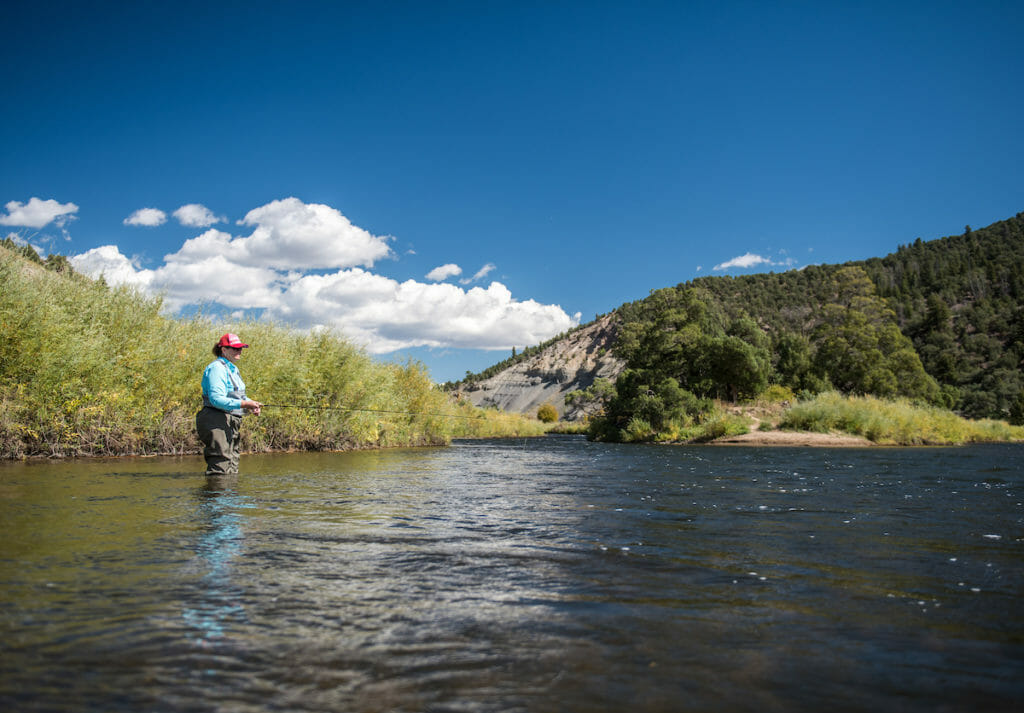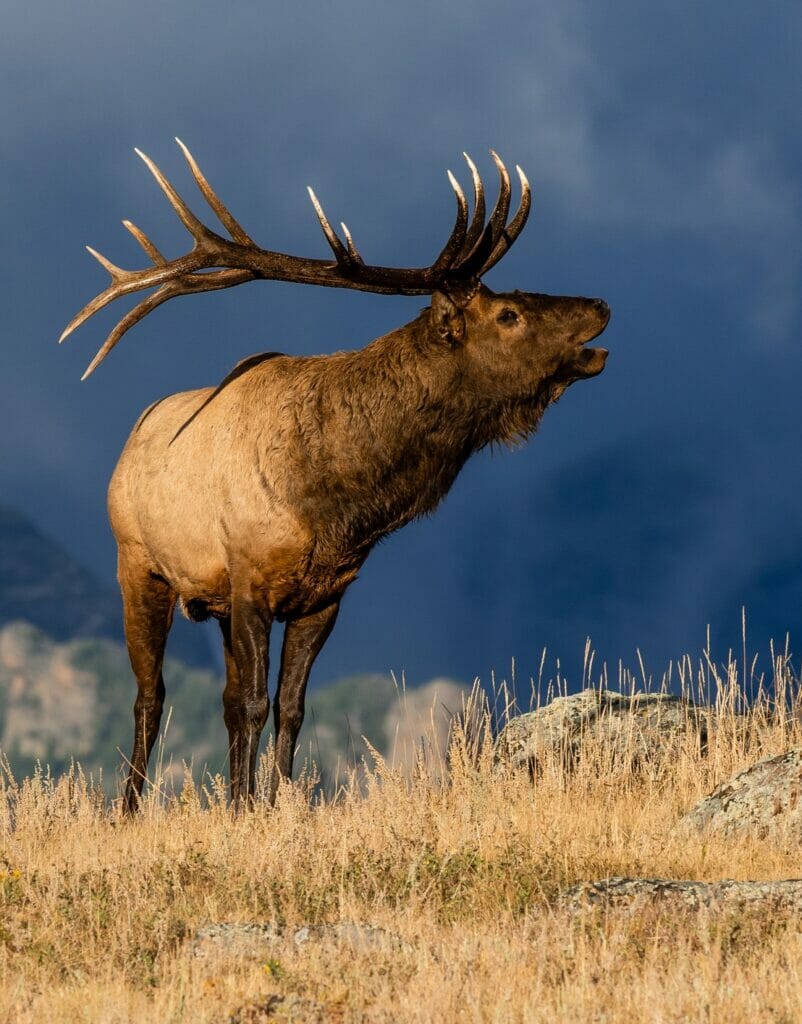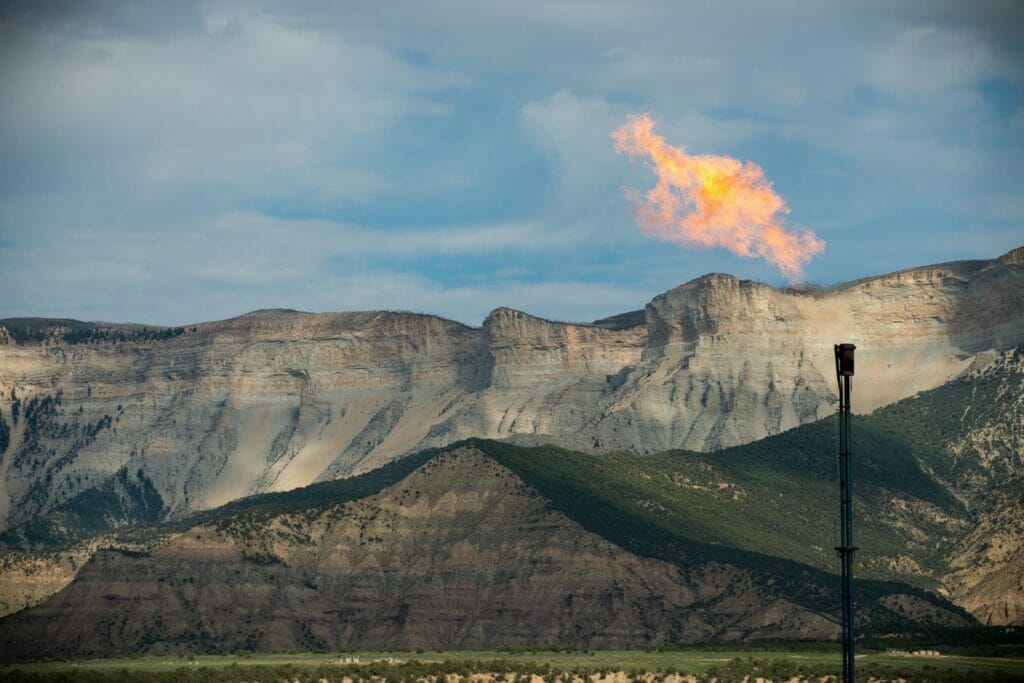Colorado TU and national TU worked in harmony to pass groundbreaking changes to Colorado’s oil and gas drilling regulations.
Starting in 2014, Trout Unlimited initiated conversations with the oil and gas industry and conservation partners to establish more robust protections for Colorado’s most important fisheries. The idea was simple: prohibit stream-side oil and gas development and require spill protection measures for development within a quarter of a mile of native trout streams and Gold Medal fisheries. This effort smoldered until 2019 when a law passed the Colorado Legislature requiring a rewrite of its rules.
Colorado Senate Bill 19-181 required the Colorado Oil and Gas Conservation Commission (COGCC) to expand the agency’s mission to safeguard wildlife and its habitat against potential adverse impacts of oil and gas development. This provided a once-in-a-decade opportunity to ensure strong protections for wildlife and its habitat, which include cold-water fisheries, streams and riparian zones across the state.
Massive stakeholder input started in November 2019 and concluded last month. The rulemaking hearings spanned 180 hours of presentations, witness testimonies and deliberations. Colorado TU joined as a formal party to the hearings as part of a coalition with aligned sporting conservation groups, which included Backcountry Hunters and Anglers, the National Wildlife Federation and Colorado Wildlife Federation. CTU members provided expert witness testimony, wrote letters to publications and sent in over 500 written comments to the COGCC in support of additional protections for cold-water fisheries.
CTU stakeholders advocated for expanded “no drill” buffer zones and spill protection measures around high priority aquatic habitat, including Gold Medal and native cutthroat trout streams. This input, aligned with voices from our partner conservation organizations, helped inform the commission’s rulemaking and resulted in significantly improved protections for valuable fisheries and aquatic habitats.

To that end, the Commission voted unanimously to adopt revisions to its rules to:
- Increase buffers from 300’ avoidance to 500’ protection around important aquatic habitats–––a 980 percent increase around cutthroat and Gold Medal waters.
- Create 500-foot No Surface Occupancy buffers for all aquatic High Priority Habitat streams identified by Colorado Parks and Wildlife, including designated cutthroat trout habitat, Gold Medal streams, sportfish-managed waters and native species conservation waters. Nearly all of Colorado’s trout habitat will enjoy this increased protection.
- Requires stronger spill prevention measures within 1,000 feet of aquatic High Priority Habitat.
- Mandates to bore beneath streams in aquatic High Priority Habitat areas rather than trenching across it, which will help avoid impacts to fish habitat.
In addition, COGCC will require operators to consult with Colorado Parks and Wildlife for locations proposed in migration corridors for elk, mule deer, bighorn sheep, and pronghorn. They also must prepare Wildlife Mitigation Plans if approved to operate in migration corridors, which should plan to minimize impacts on wildlife and habitat and offset adverse impacts through mitigation projects or fees.

The new rule marks the end of a six-year effort to protect Colorado’s most valuable waters. Wins like this don’t come easy, but we don’t give up on good ideas, and we leverage the power of TU staff and grassroots to finish the job when we have an opportunity to succeed. We do this hard work for the fish, the streams and rivers and for anglers everywhere.



